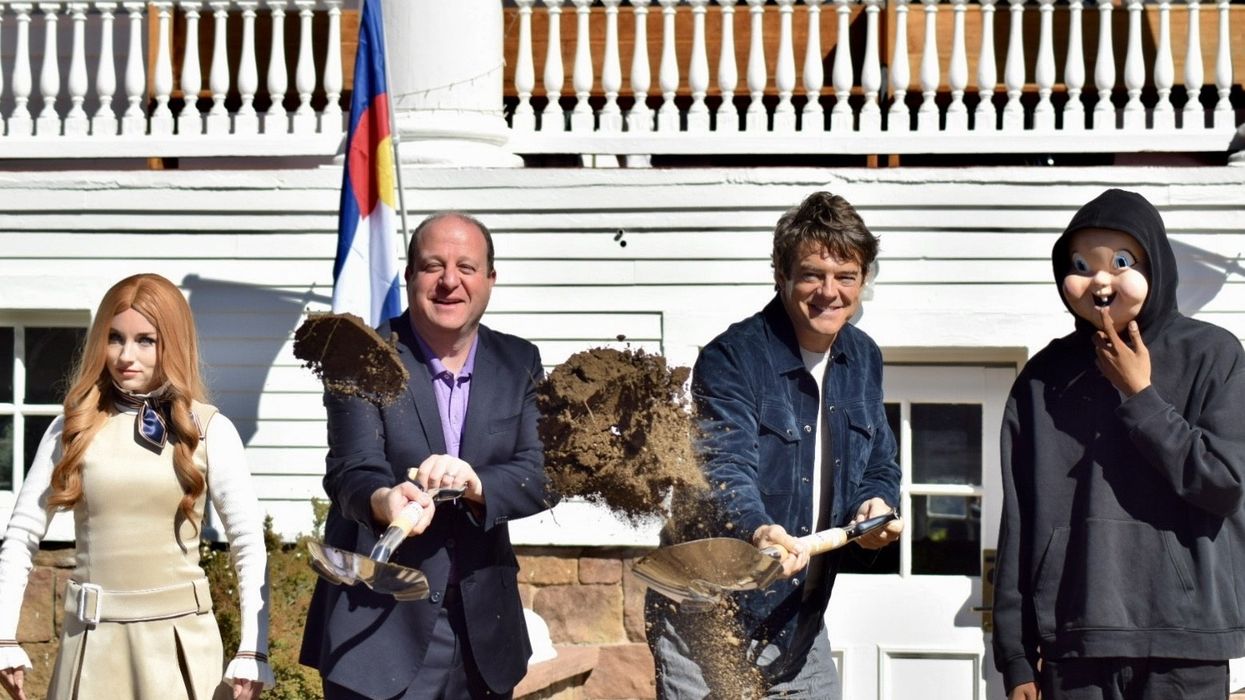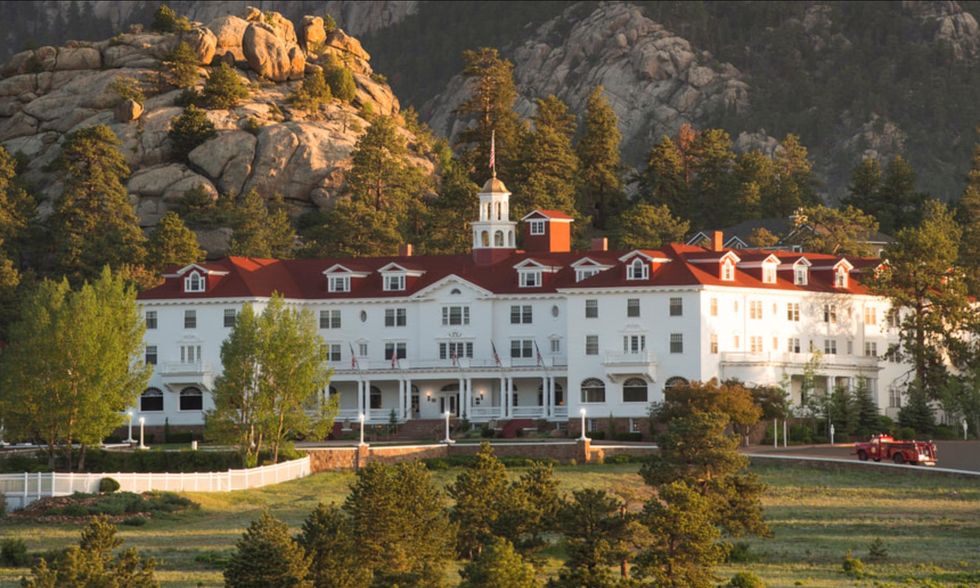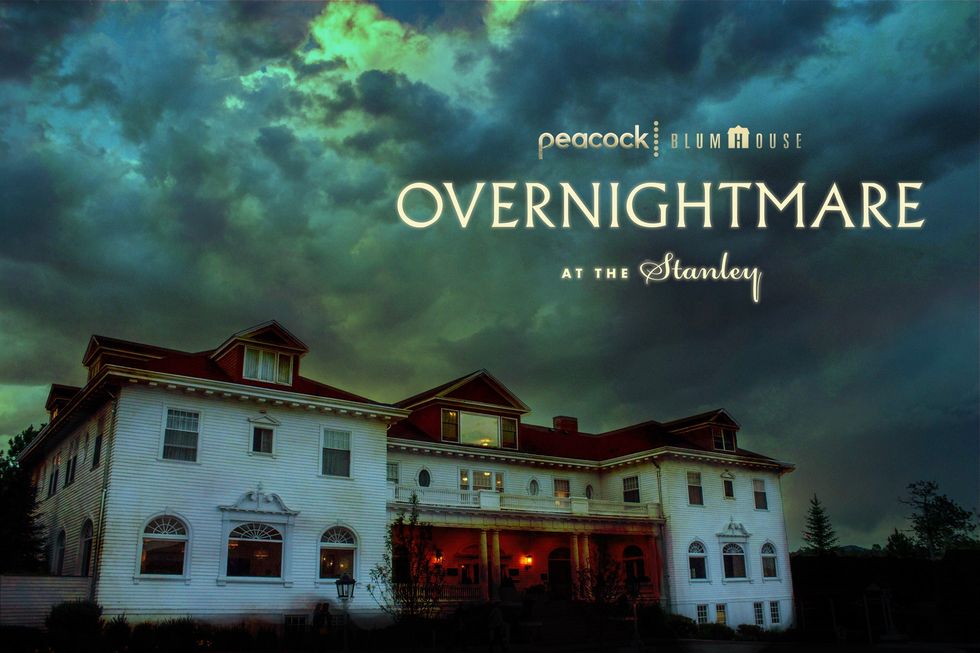Event, a global experience and exhibition design agency and Museum Studio company, worked on the design for Oriental Eden, a new cultural and tourism destination modelled on the UK's Eden Project, which opened in Qingdao, China, on 28 June.
Echoing the pioneering transformation of a barren clay pit in Cornwall, Oriental Eden recovers an expansive, environmentally damaged landscape spanning a 200-acre site overlooking Jiaozhou Bay. It spans 1,200 acres, with 400 acres dedicated to its core attractions.
This immersive destination combines science education, entertainment, live performances and social initiatives, all designed to connect its millions of visitors with nature.
The engagement approach pays special attention to the water story linked to the local surroundings. This extends the reach of Eden Project ’s charitable mission, demonstrating and inspiring positive action for the planet.
Developing a key message
Event's design priority was to create a narrative and experience that communicates the vital importance of water to us and our planet.
Andrew Lock, associate director and sustainability lead at Museum Studio (a collective of cultural companies that includes Event), says: "A dramatic journey takes the visitor through theatrical moments, from microscopic life in a drop of water, to thunder claps and arid deserts."
The project aims to convince visitors of the importance of water, thereby making a small but essential step towards societal change.
Established in the 1980s, Event was born out of a desire to create change and promote social justice for all. Created through a partnership between a content creator and a designer, the practice has undergone numerous transformations, but the importance of this close dialogue between design and content has remained unchanged.
"Rather than content feeding design, or creating briefs for it to follow, we believe in the importance of a shared space where the magic happens," says Kate Hulme, associate director of strategic communications at Museum Studio.
"This isn’t exactly about form following content, though it often does – it is about innovative ideas coming from a team of inspired people sitting round a table together.
"The studio thinks of itself as world builders. We think about where the threshold between normal life and our storytelling space is, and what world we are creating on the other side of that. What rules apply? What normal rules don’t apply? And what role does the visitor play in this narrative space?"
Museum design in an age of climate urgency
Sustainable practice is extremely important, the studio says, but Event believes it has other key roles to play in addressing climate injustice and biodiversity loss.
"One of the most important things we can do is to change the narrative,’ says Lock. "We think about where we can help museums be regenerative as well as sustainable - as well as preventing harm, how can they add benefit? Museums are in an important position – there is a lot of trust in them, largely, and a great many visitors pass through their doors. They have the potential to help people think differently about our place in nature."
"We consider ourselves fortunate to have built up quite a portfolio of natural history projects,’ adds Hulme. "One thing we keep finding ourselves coming back to when we’re in the early stages of these projects is our responsibility in addressing the lingering sense that humans are separate from and superior to nature."
This, says Event, is the way museums can influence society and cultural behaviour, particularly when it comes to narratives around our planet and our place in it.
Through local co-creation initiatives, the museum sector can contribute to societal change that can help ensure climate justice and reduce biodiversity loss, says Lock. "The benefit of co-creative practice is that it can be fantastically specific to communities and local needs."
Creating an emotional connection
Event also recently placed second in the international design competition for the new Estonian Natural History Museum.
With this project, Event's goal was to move people from feeling powerless to active advocates, shifting them from emotional detachment to loving nature and wanting to protect it. The team wanted people to develop a respectful, equal relationship with nature, acknowledging human damage, hoping this would influence better decisions.
The future, the studio says, lies in handing over control to communities to shape the narratives, and this means designing in an entirely different way. "As designers we like control,’ says Lock, "but if you design like that, you don’t allow the community in. We need to design in a way that’s a framework rather than a solution, and that’s the only way you’ll get true community expression into your design.
"At the heart of it, it’s about giving people the tools to advocate for themselves and their environment. That’s how we see our role – empowering people to ask for and advocate for change."
Earlier this year, Event celebrated the Carl Nielsen Museum’s nomination for the 2025 European Museum of the Year Awards. In this project, Event aimed to create a unique space to match the quality of the composer's work.The agency worked with a panel of internationally renowned Nielsen experts from the University of Copenhagen to identify the key musical works and moments in time that provide insights into his complex creative spirit.
Charlotte Coates is blooloop's editor. She is from Brighton, UK and previously worked as a librarian. She has a strong interest in arts, culture and information and graduated from the University of Sussex with a degree in English Literature. Charlotte can usually be found either with her head in a book or planning her next travel adventure.
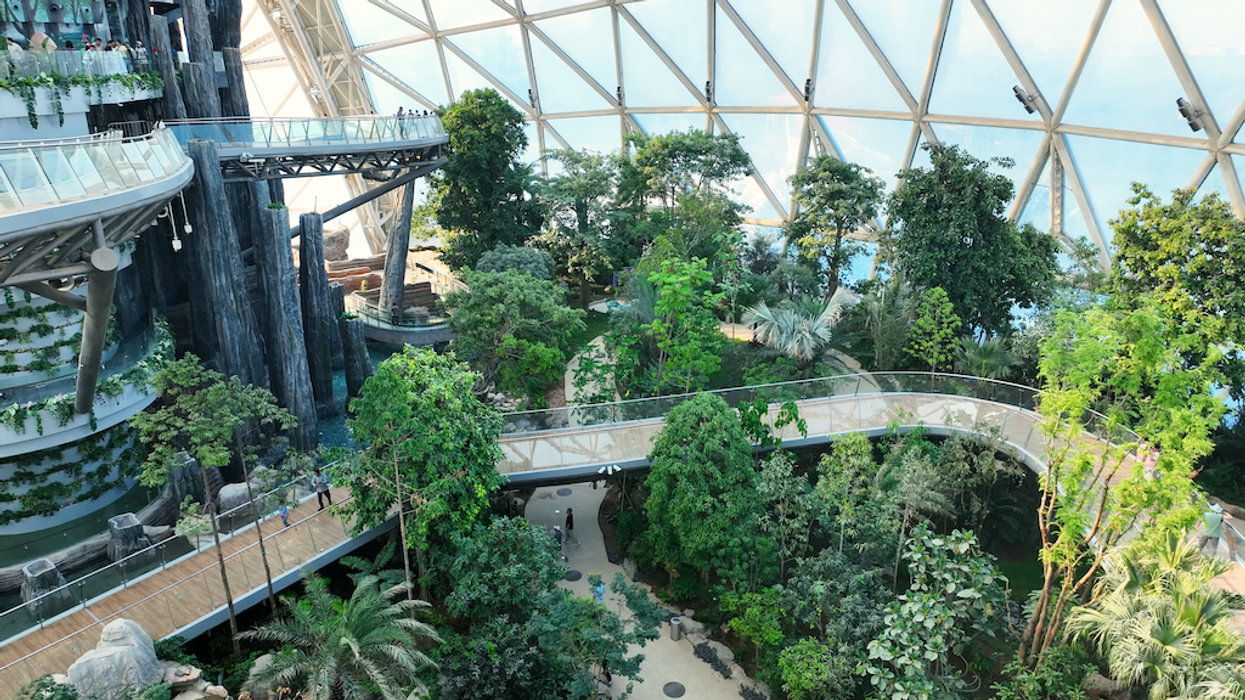

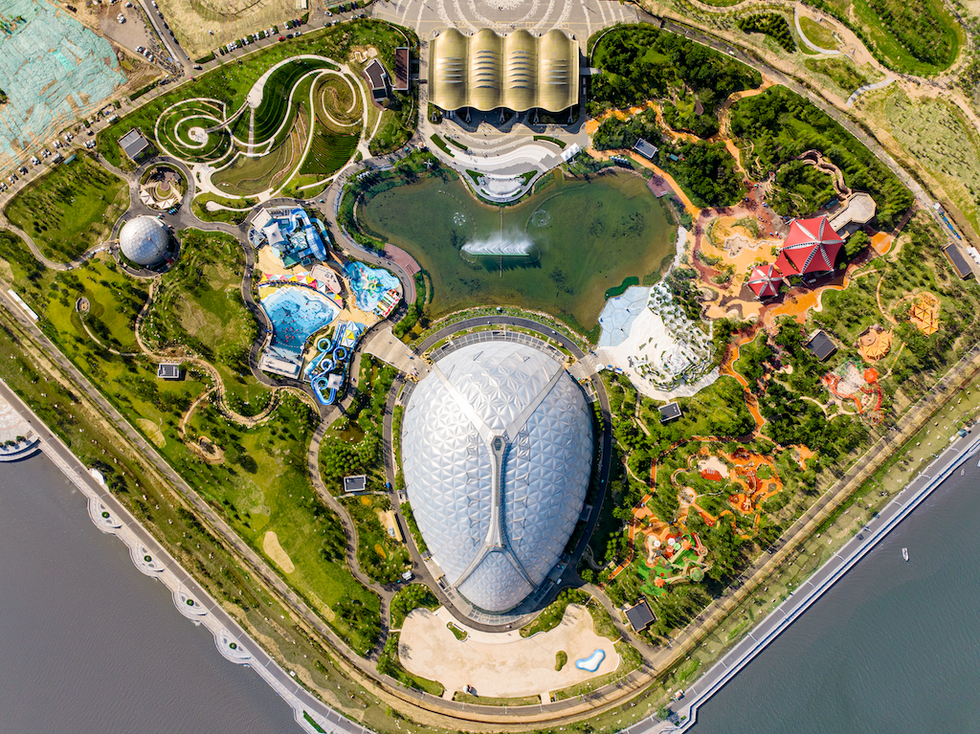
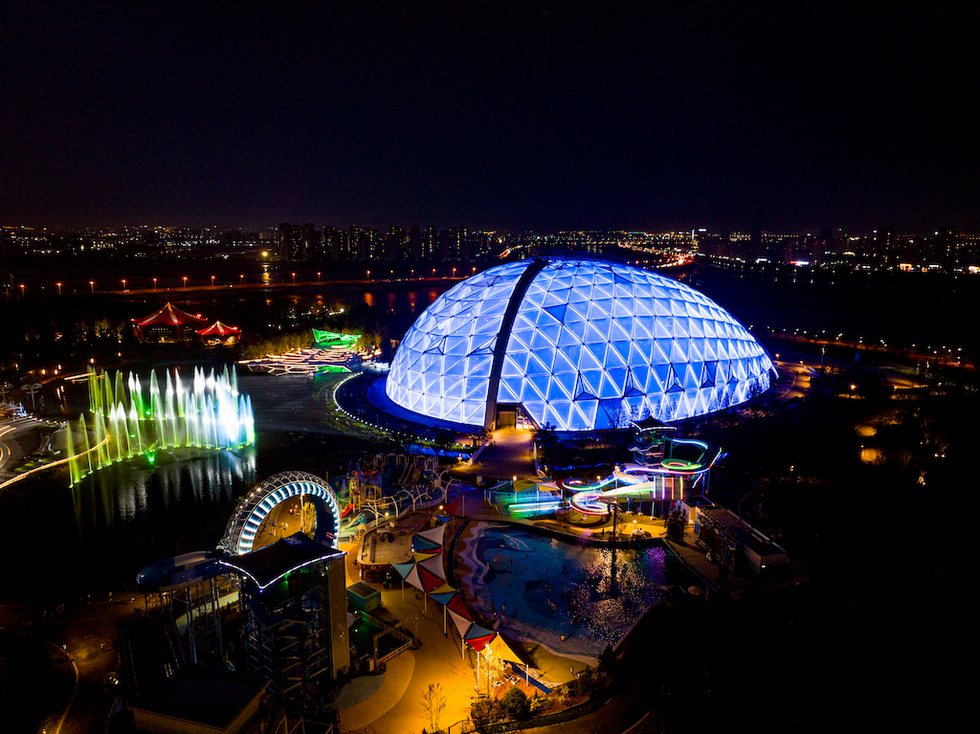
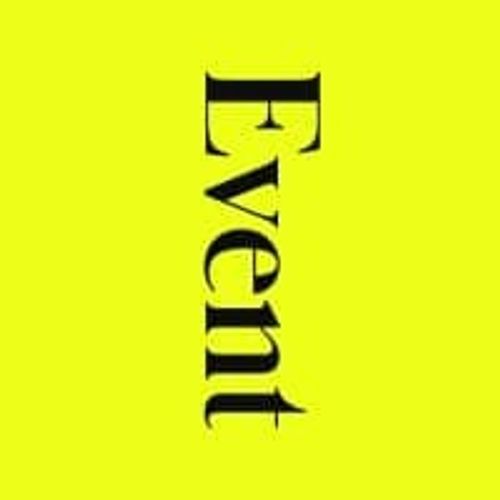

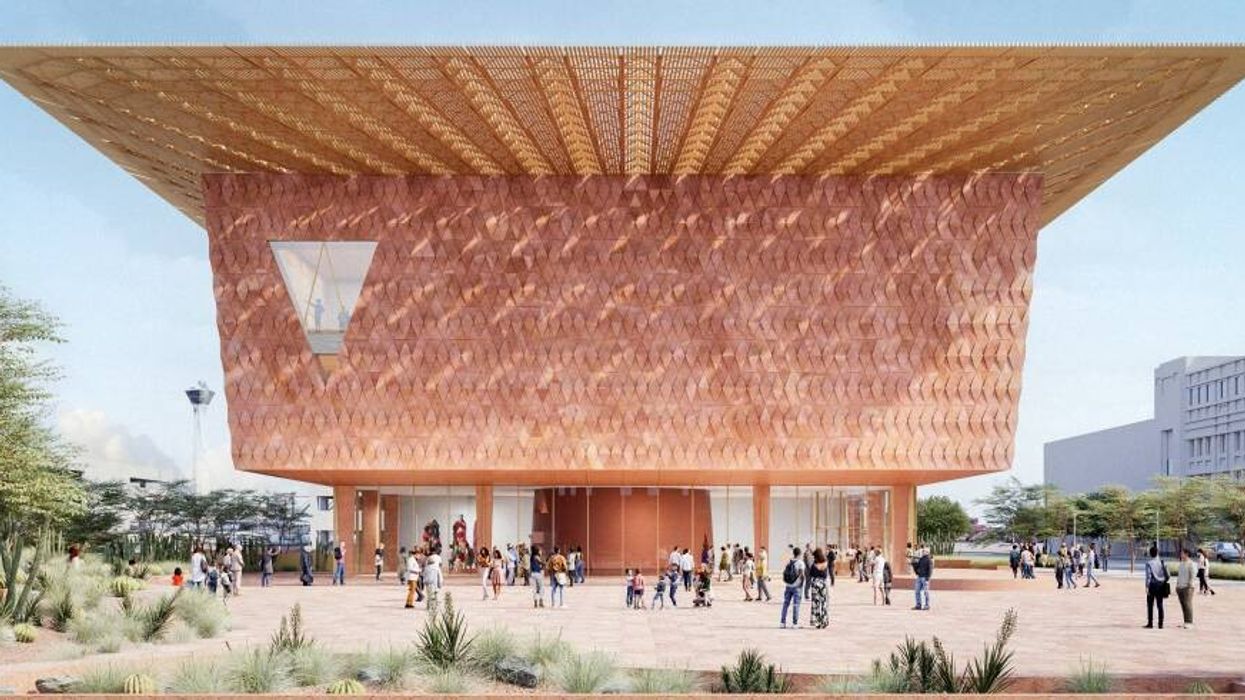
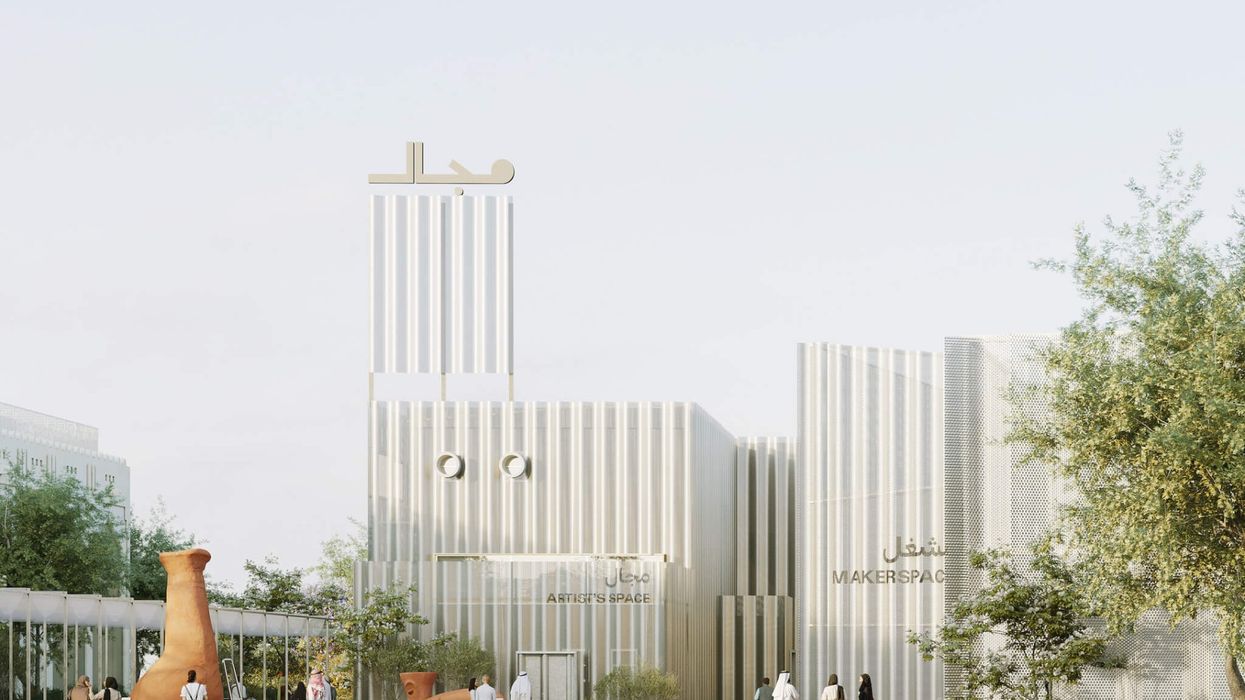
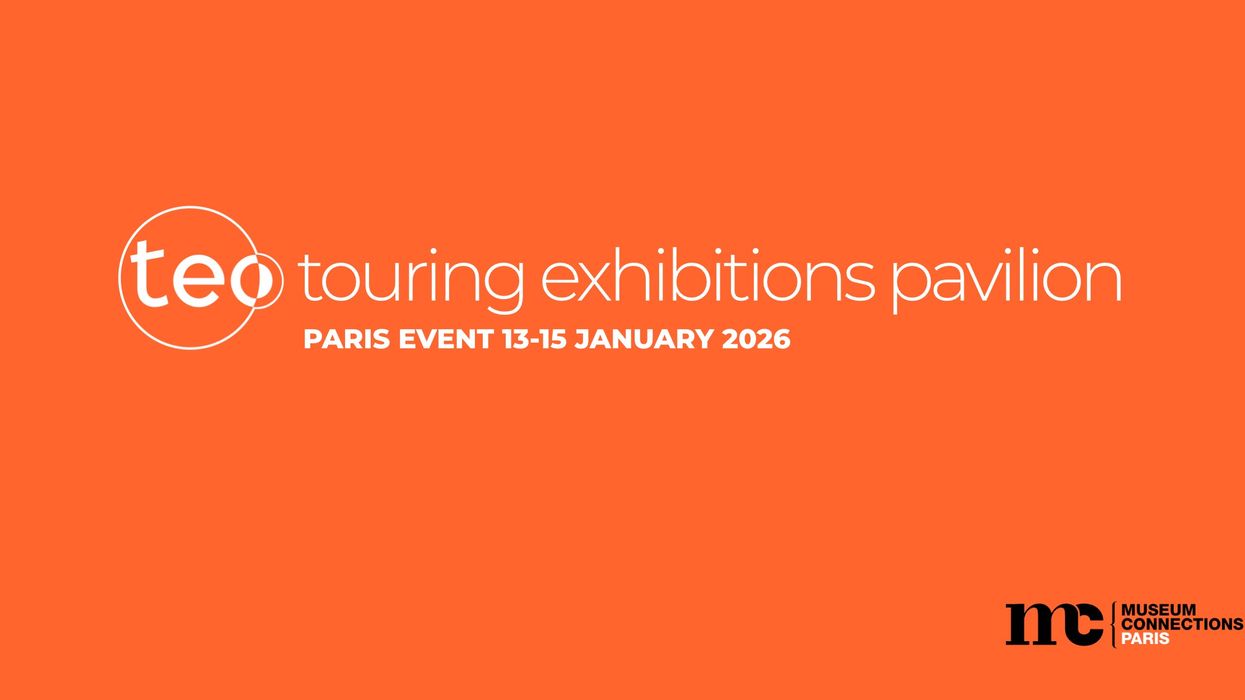
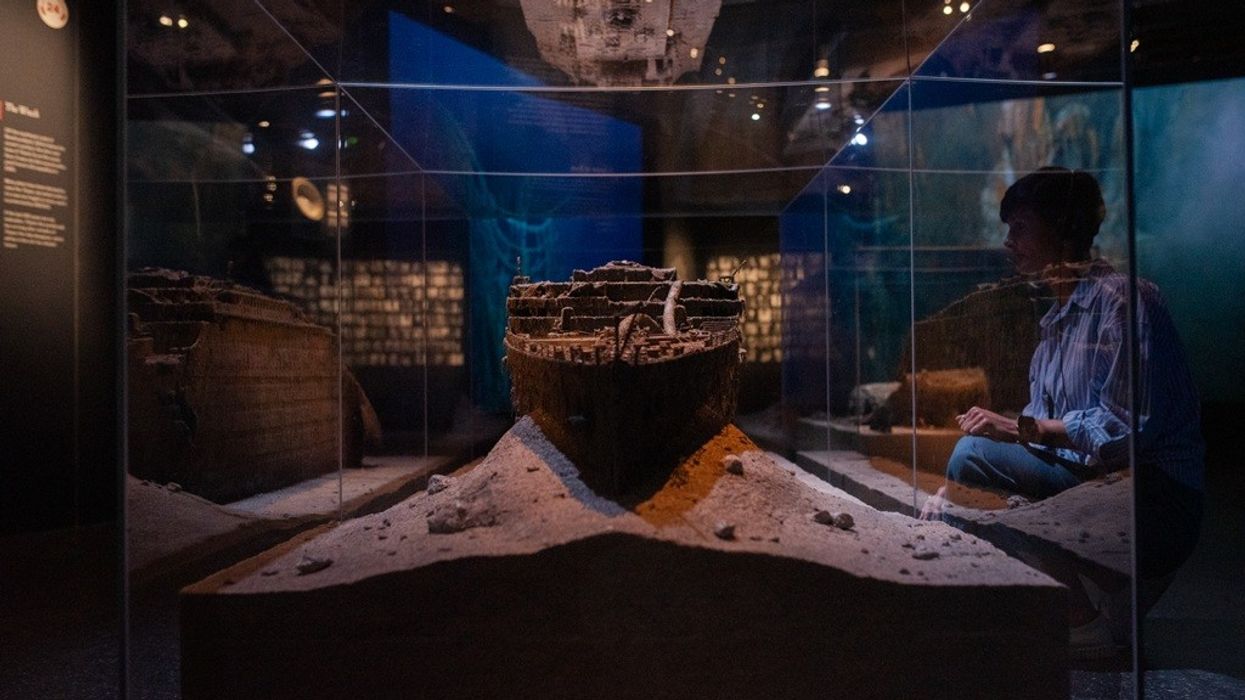
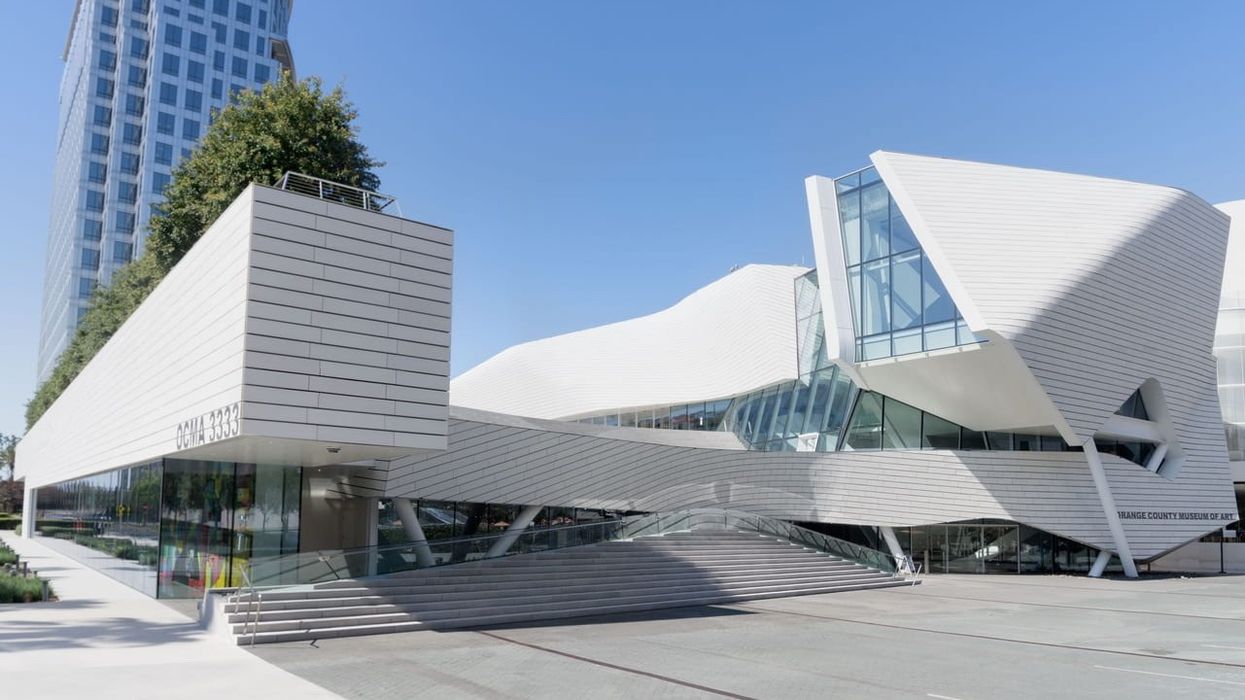
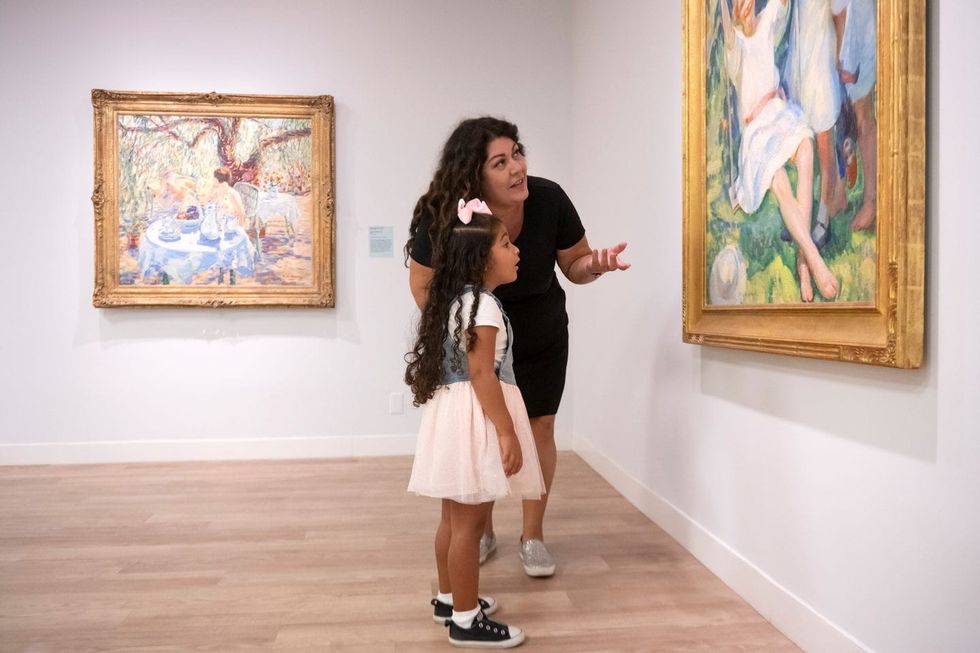
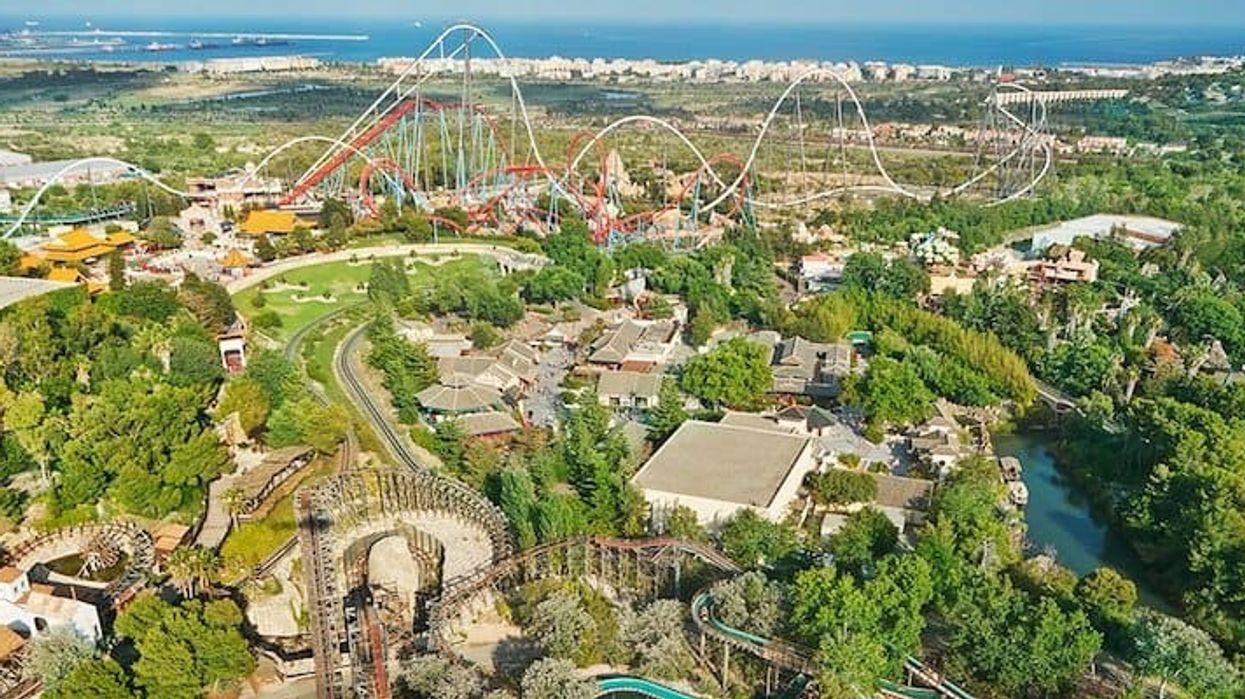
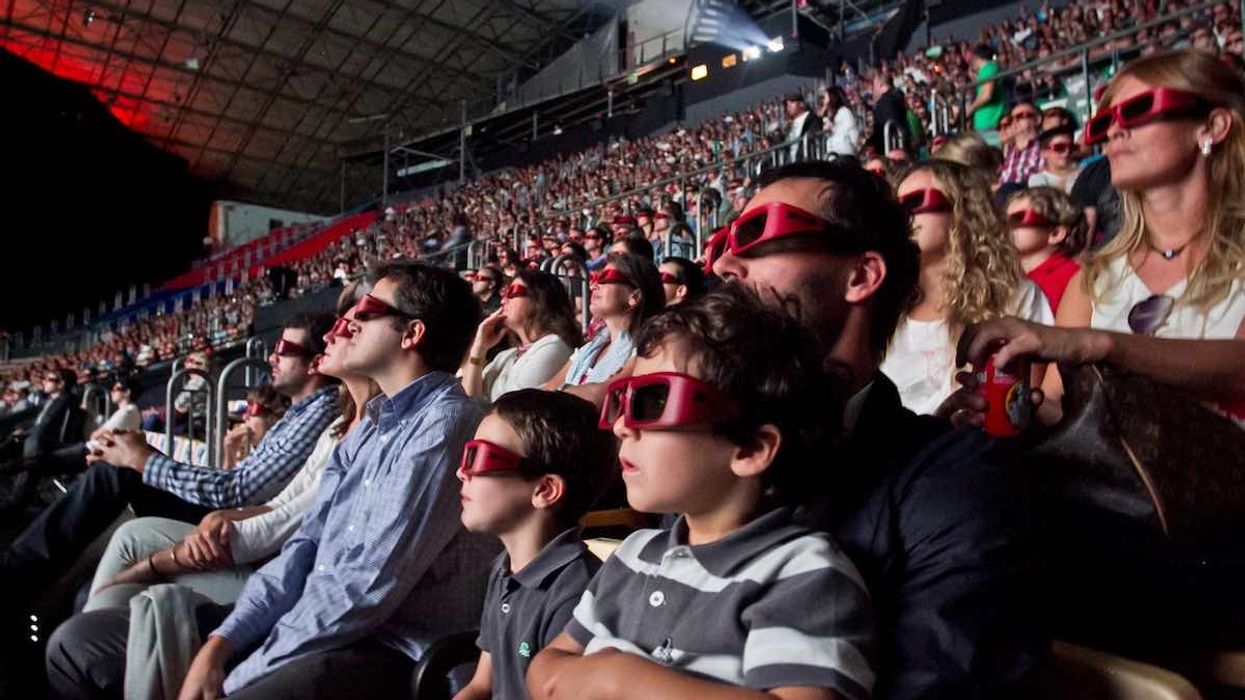
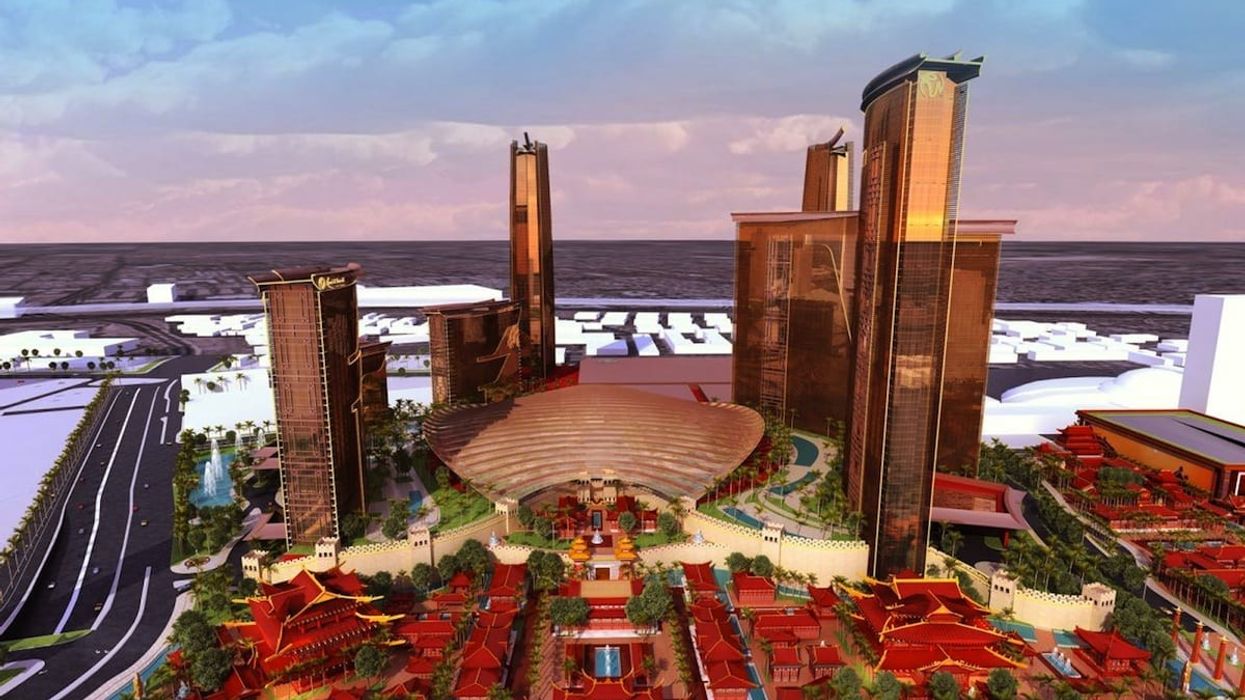
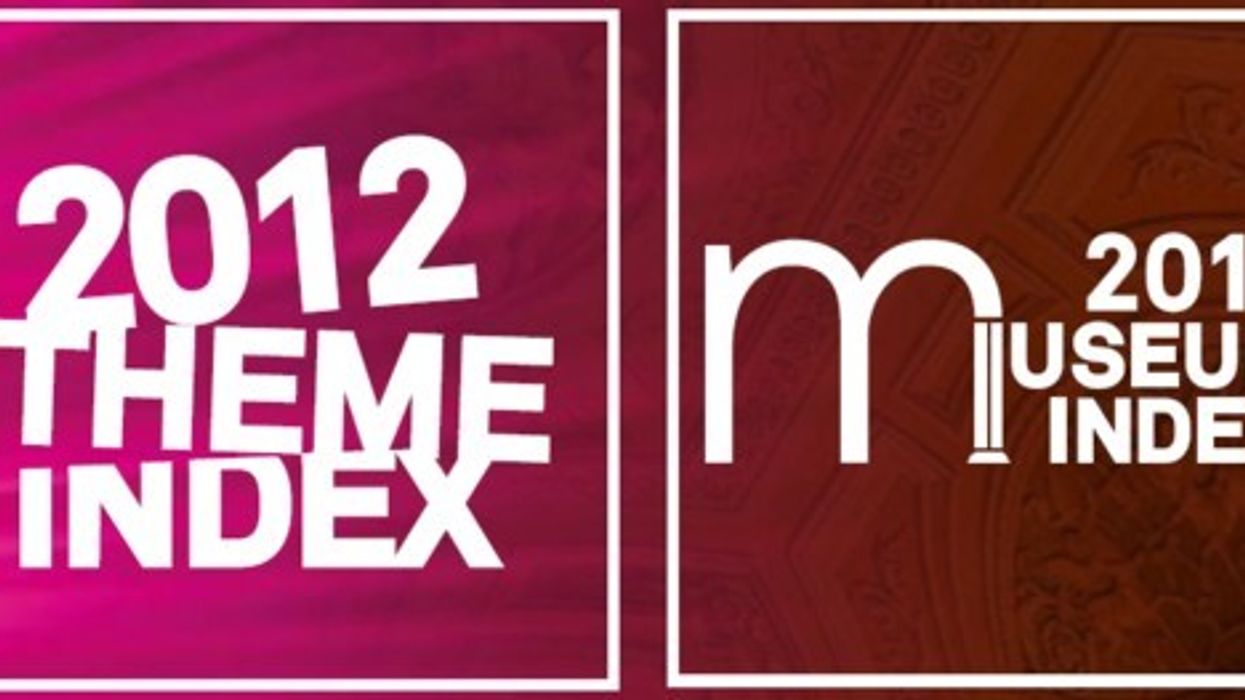
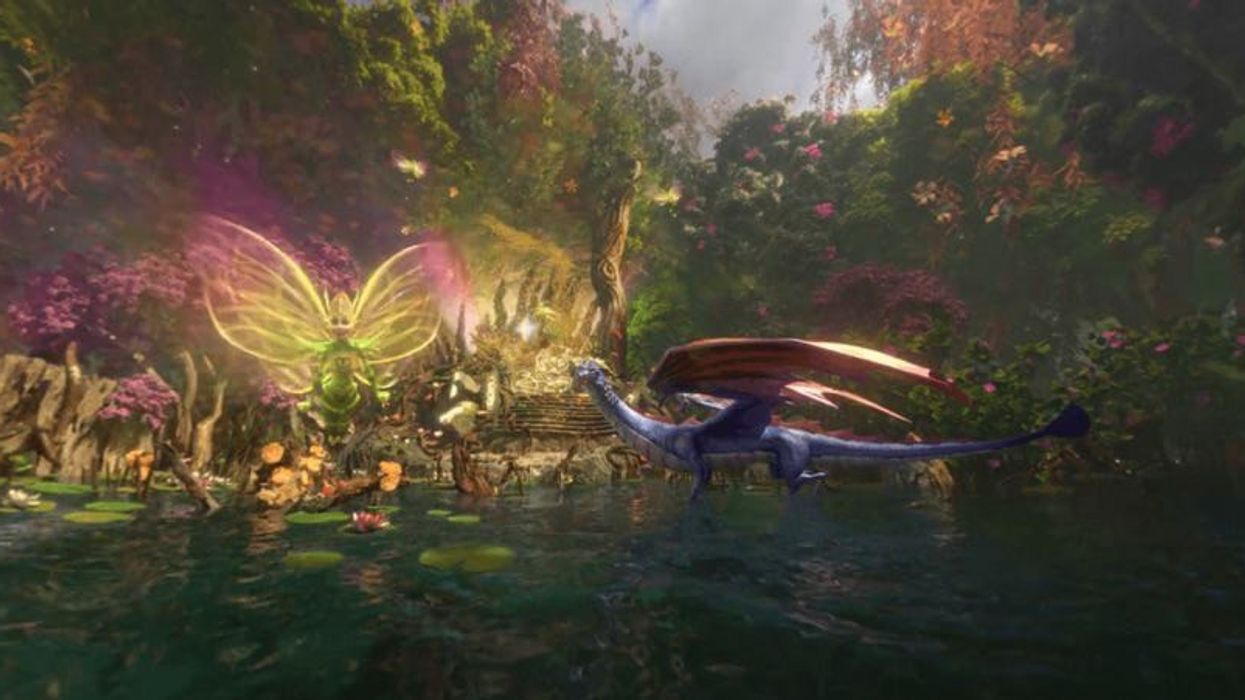
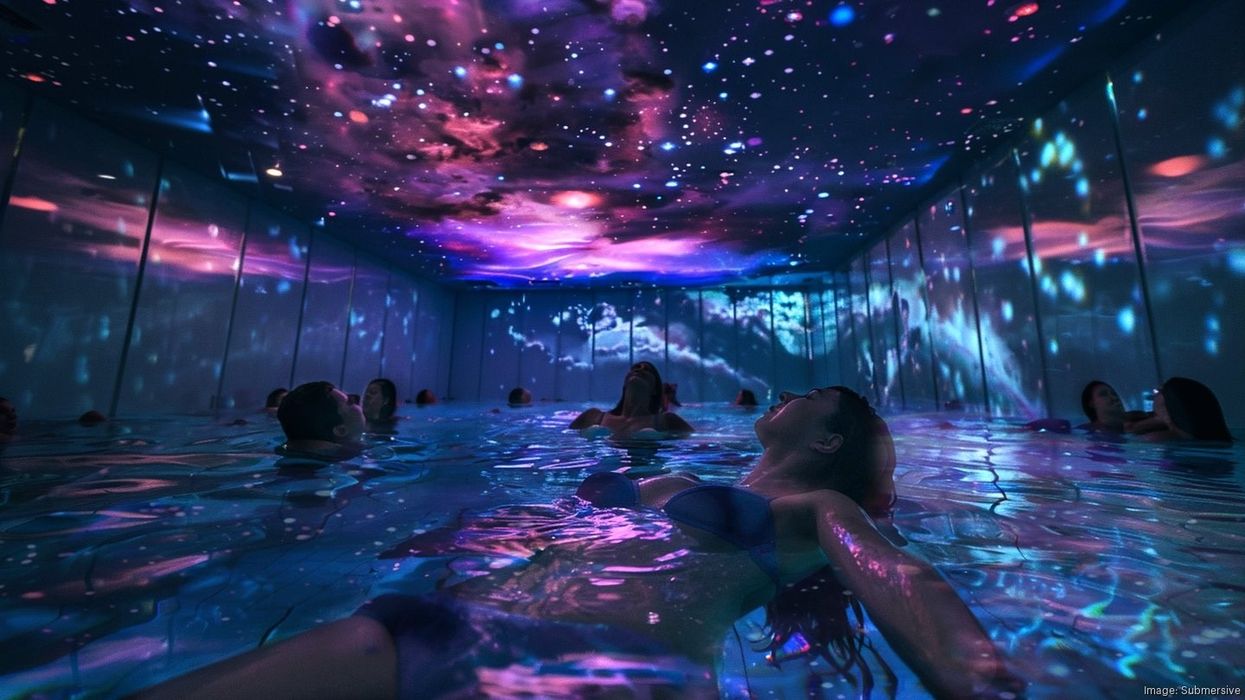
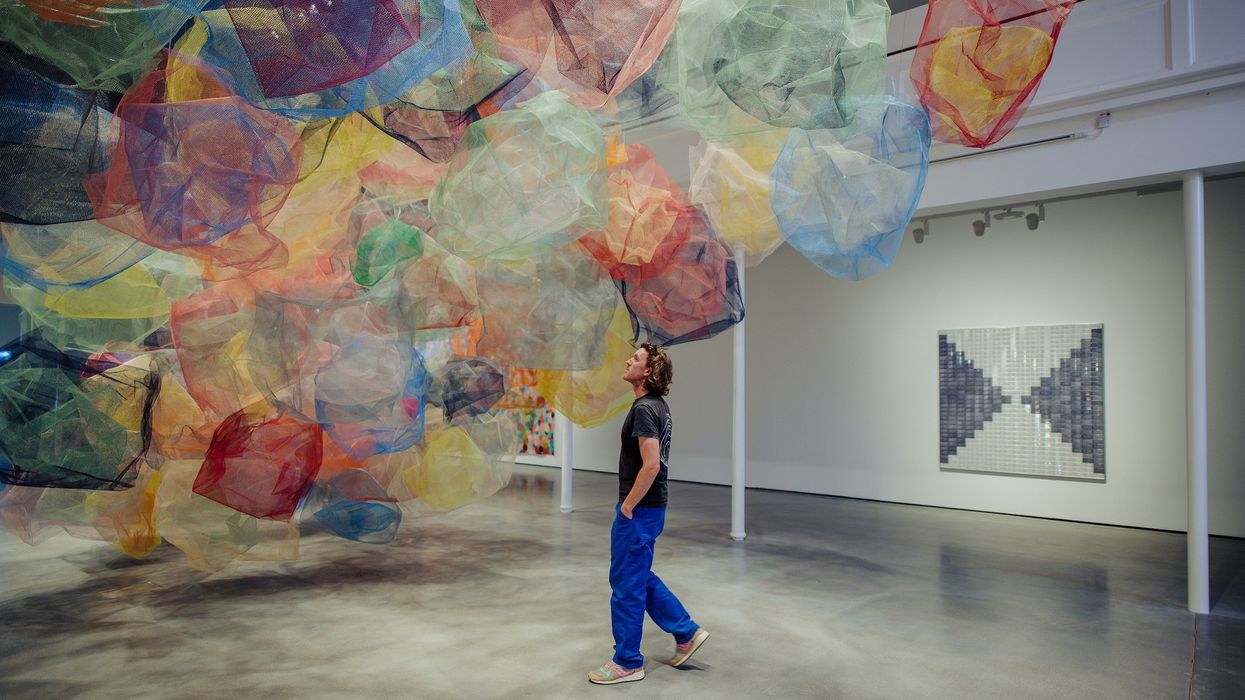
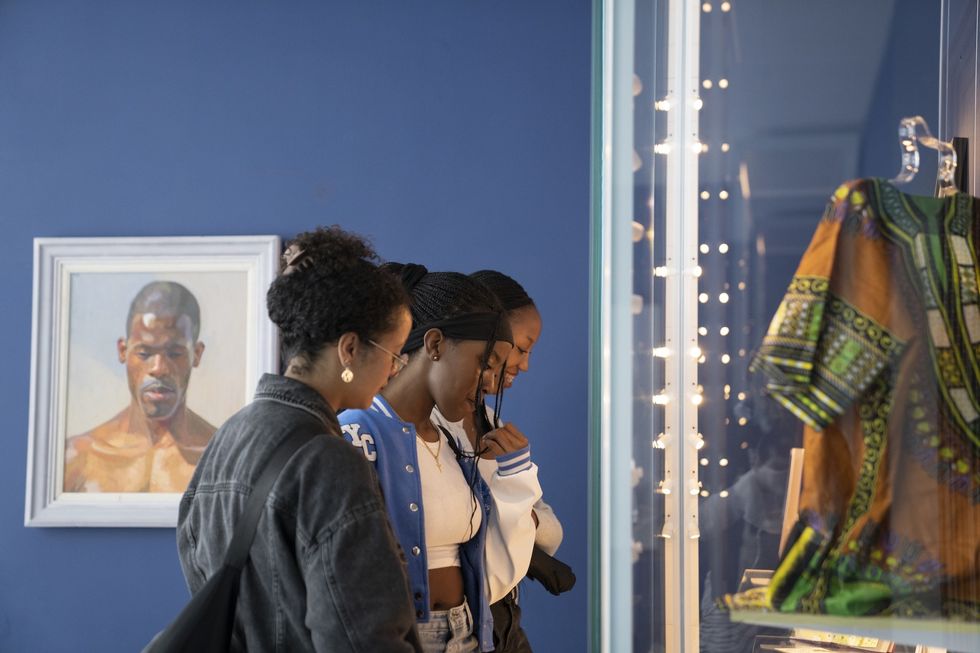
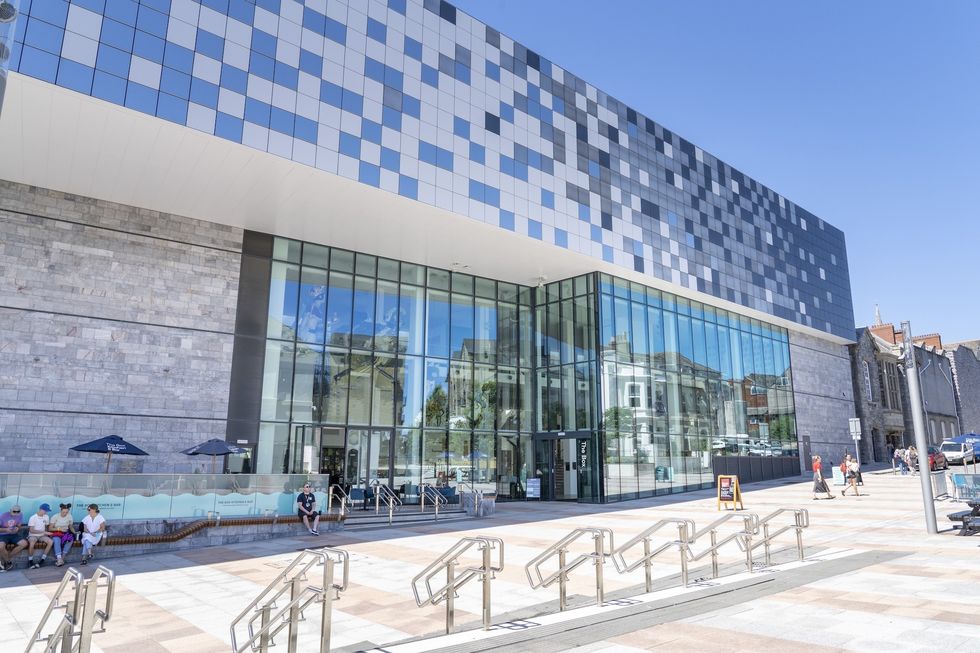
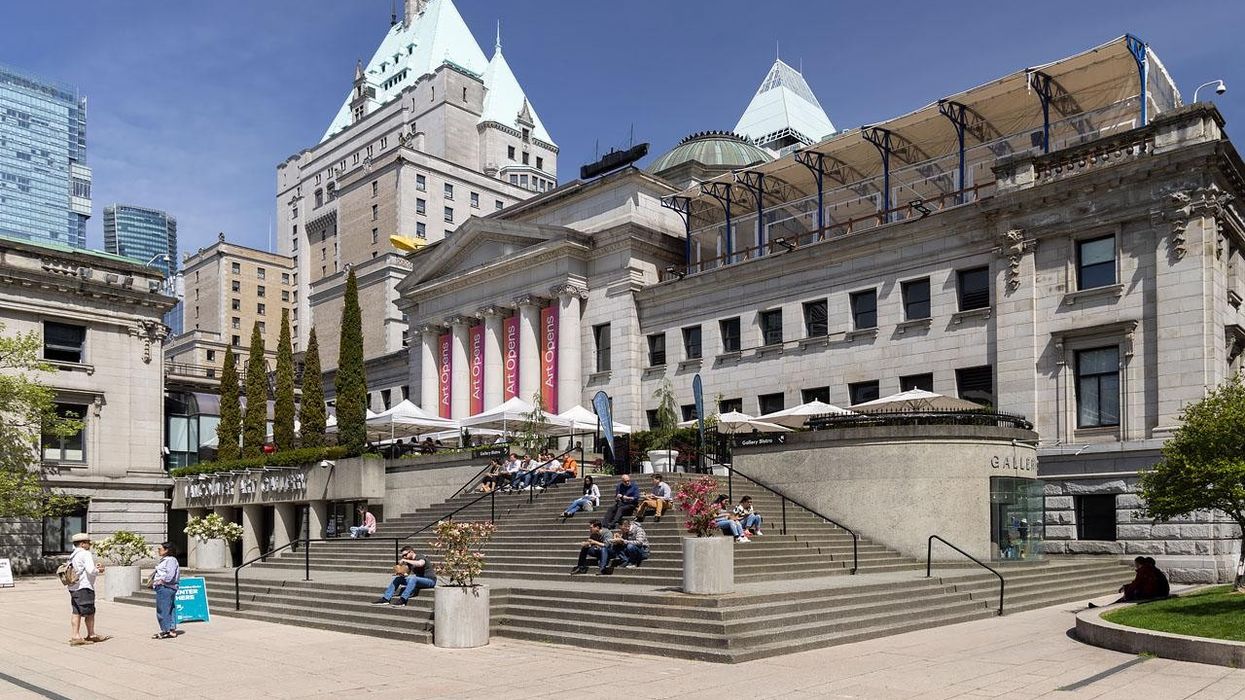
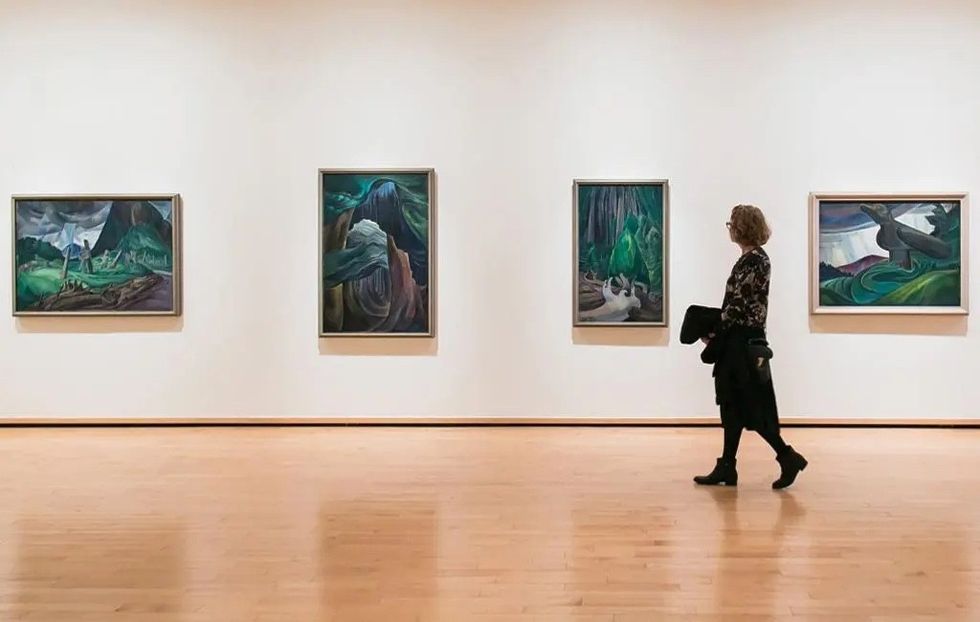
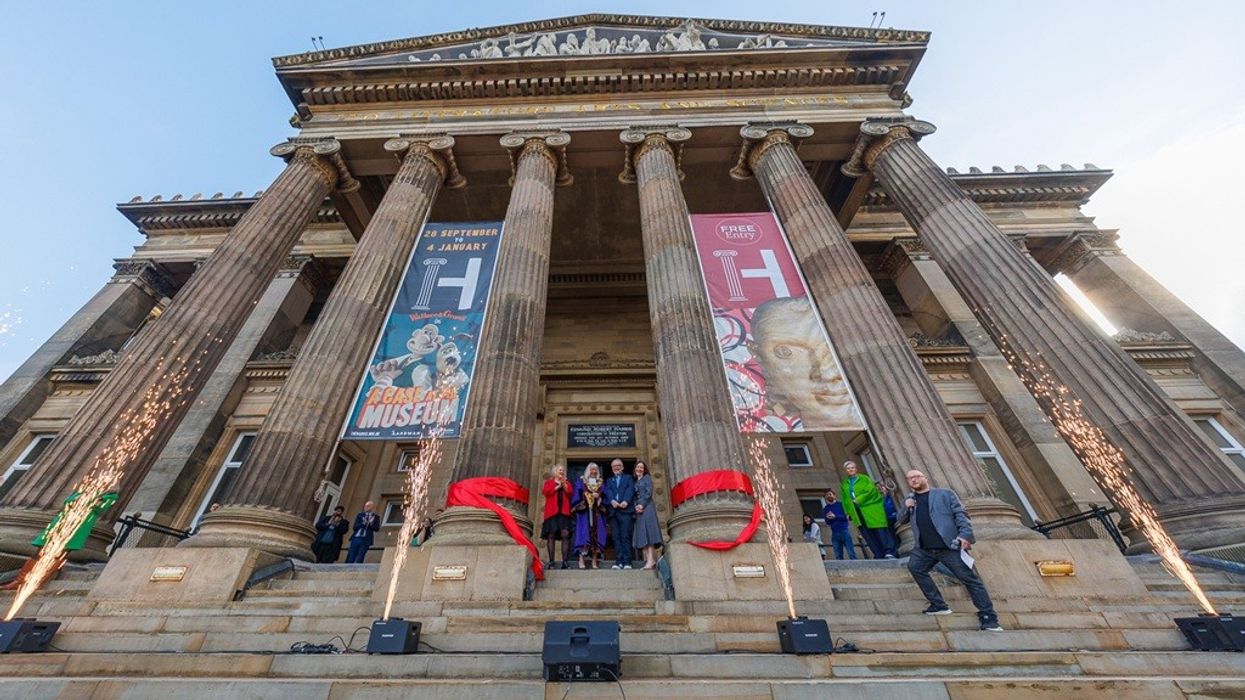
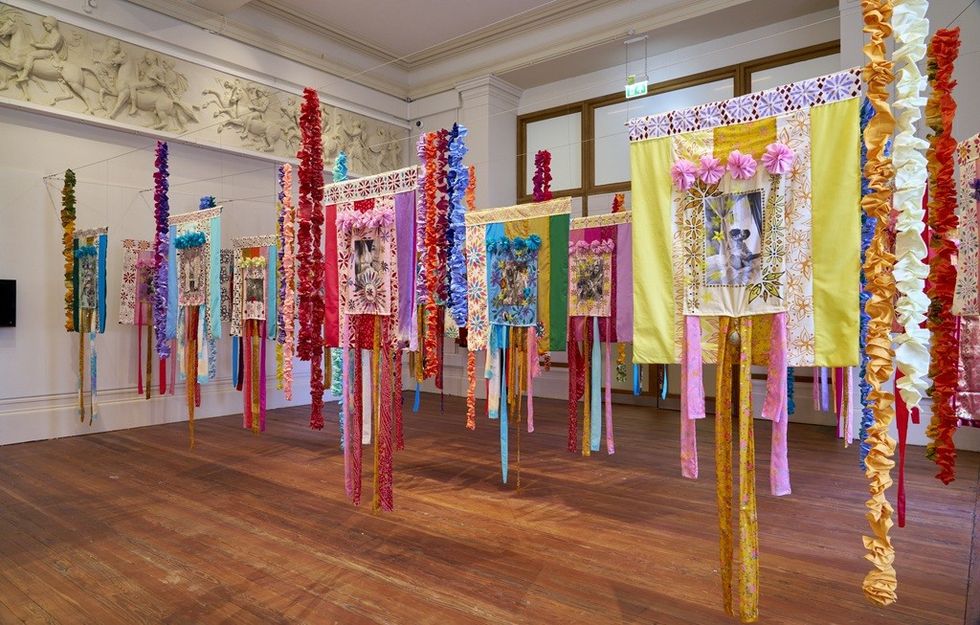 Courtesy Simon Critchley Photography
Courtesy Simon Critchley Photography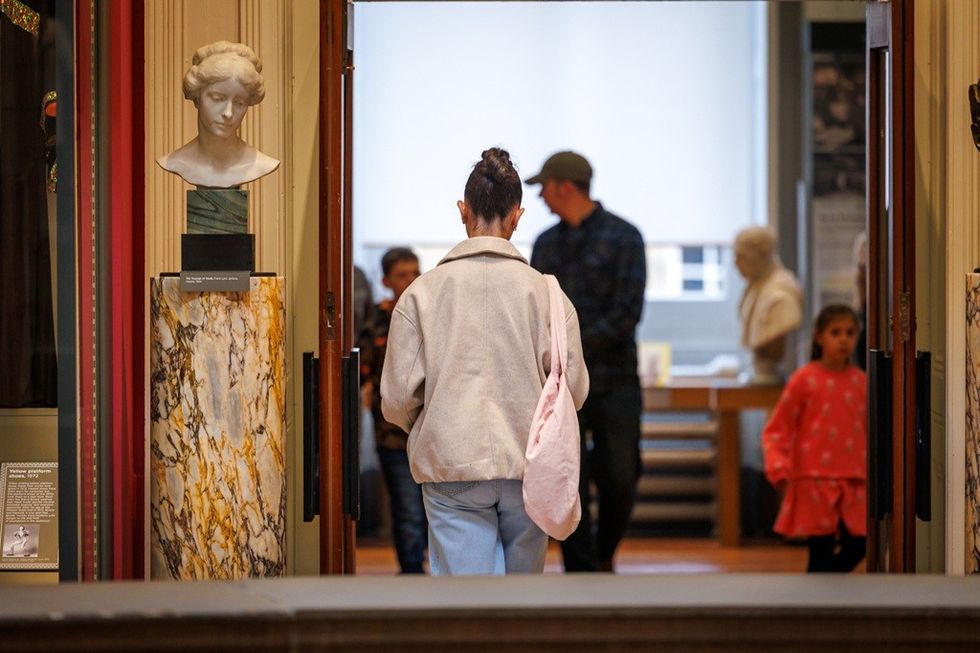 Courtesy Michael Porter Photography
Courtesy Michael Porter Photography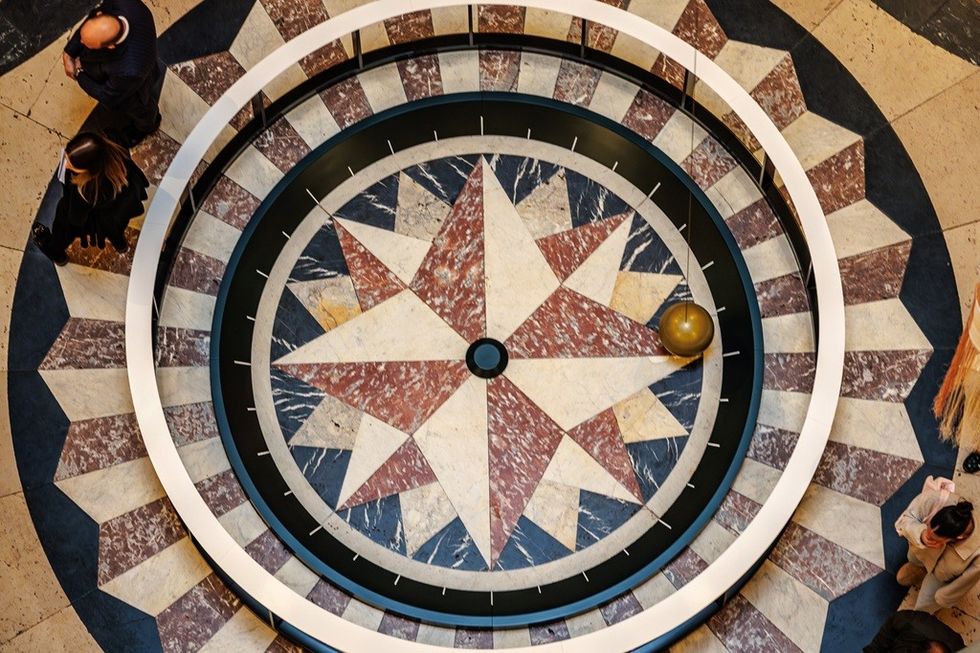 Courtesy Michael Porter Photography
Courtesy Michael Porter Photography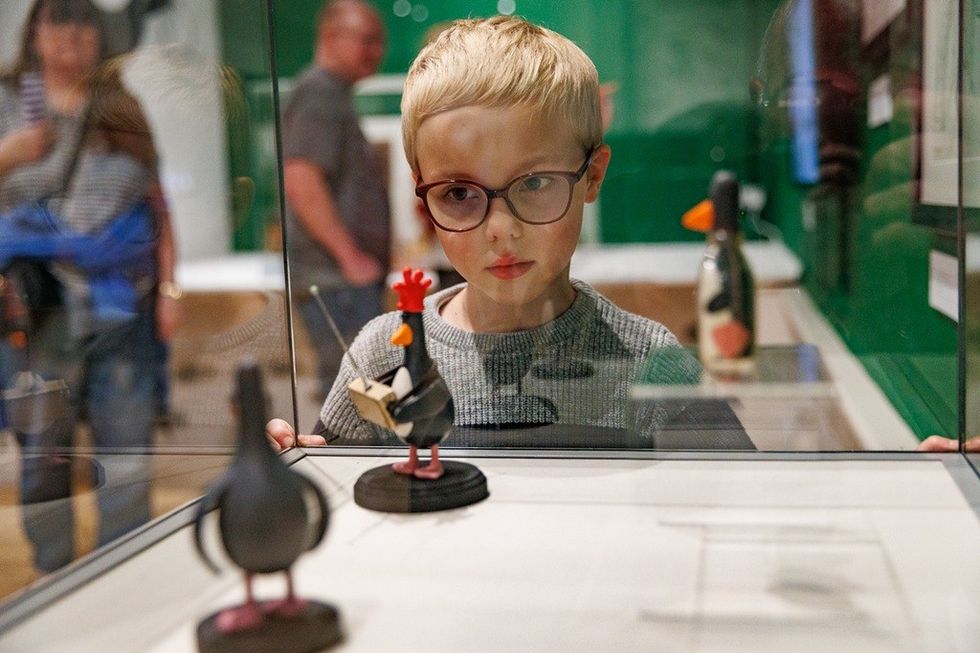 Courtesy Michael Porter Photography
Courtesy Michael Porter Photography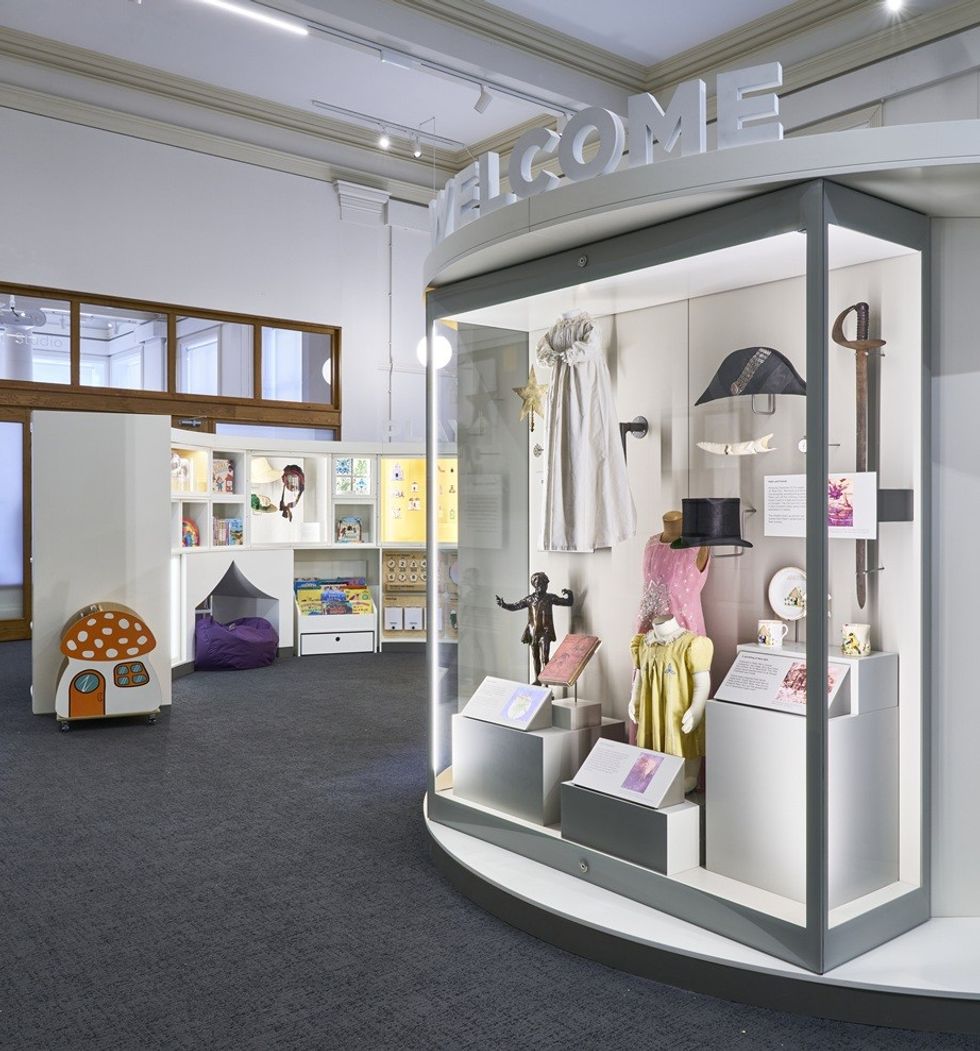 Courtesy Simon Critchley Photography
Courtesy Simon Critchley Photography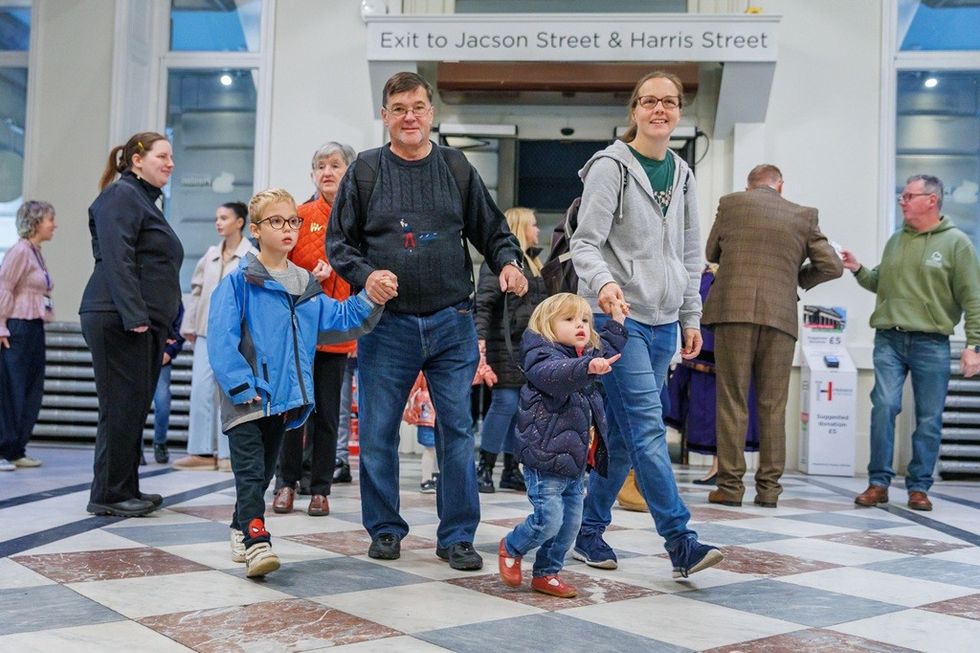 Courtesy Michael Porter Photography
Courtesy Michael Porter Photography